Once she carried millions. Then she sank. Now, as the SS Toroa celebrates her centenary, a small team of volunteers is determined to return her to glory—and to the Waitematā Harbour.
The Toroa was launched on 28 April 1925 from George Niccol’s St Mary’s Bay yard. The last of the Albatross-class double-ended steam ferries built for the Devonport Steam Ferry Company, she joined a fleet that once defined life on Auckland’s harbour. For decades, she ferried passengers between the city and the North Shore, surviving the advent of the Harbour Bridge and the shift to road transport.
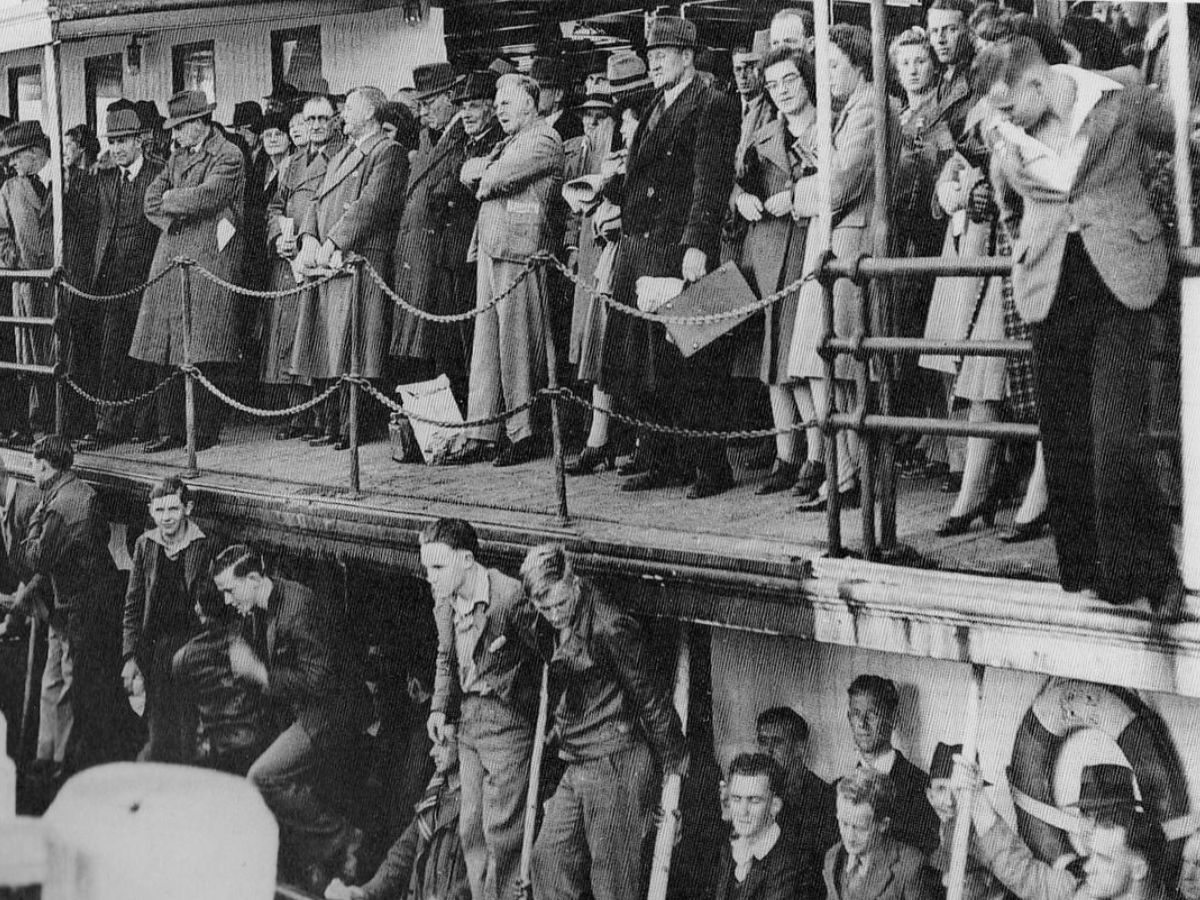
By the time she was retired in 1980, Toroa had carried over 70 million passengers. In her final years, she was a beloved excursion vessel—but the end of her survey certificate saw her laid up and, eventually, abandoned.
Then came disaster. Sunk at her moorings, the Toroa was rescued from the bottom of the harbour, towed up Henderson Creek, and hauled onto the hard at Selwood Road. There, the Toroa Preservation Society (TPS) began an ambitious plan: to rebuild the vessel to full Maritime NZ survey standard and restore her to active service as a working heritage steamship.
A steam-powered marvel of Kiwi ingenuityLaunched in 1925 from George Niccol’s yard at St Mary’s Bay, SS Toroa was the last and most advanced of the Albatross-class double-ended steam ferries built for the Devonport Steam Ferry Company. Designed to move swiftly and efficiently across Auckland’s busy harbour, she was a workhorse of public transport in an era before the Harbour Bridge. 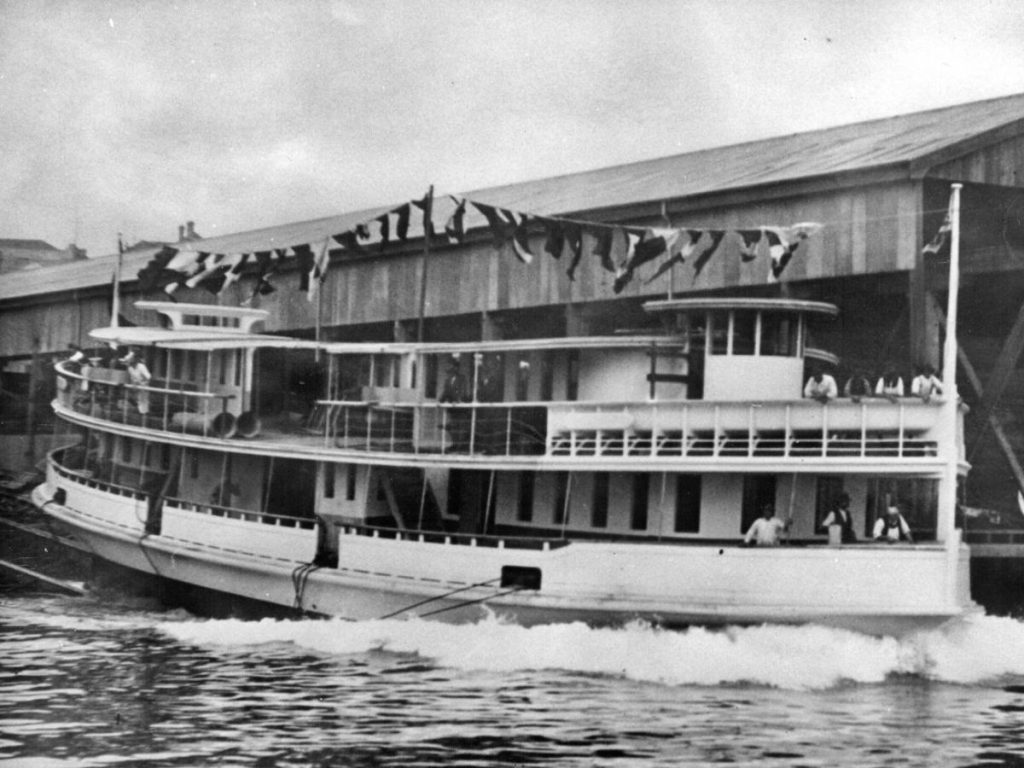 Measuring just over 130 feet in length with a beam of 31 feet and a draft close to 10 feet, Toroa was built tough—yet with a grace that made her instantly recognisable. Her hull featured 3-inch thick kauri planking fastened to steel bulb-angle framing, supported by steel bulkheads and transverse deck beams. This blend of timber and steel construction, known as composite construction, gave her both resilience and flexibility in the demanding marine environment. Below decks, Toroa was powered by a Scottish-built triple-expansion steam engine, crafted by Aitcheson, Blair Ltd of Clydebank. With cylinders measuring 12, 20 and 32 inches in diameter and a stroke of 21 inches, the engine delivered a nominal horsepower of 51 and a brake horsepower of approximately 350. Her Scotch marine boiler—manufactured by A. & W. Dalglish of Glasgow—was riveted and coal-fired, operating at a pressure of 180 psi. With two Morrison furnaces feeding the boiler, she was capable of making 11.25 knots at trial, a respectable speed for her size and era. Each end of the ferry featured a gunmetal, four-bladed propeller—6 feet in diameter with a 9-foot pitch—directly coupled to the engine crankshaft. Her double-ended arrangement, complete with rudders and wheelhouses at both ends, allowed her to dock and depart without turning, an invaluable feature on Auckland’s short, busy harbour routes. She carried up to 1,221 passengers within river limits and 682 on extended runs, all with a working crew of just four: skipper, deckhand, engineer and stoker. Her capacity and efficiency were unmatched at the time, helping her and her sister ships carry more than 20,000 people a day between Auckland and Devonport during peak years. 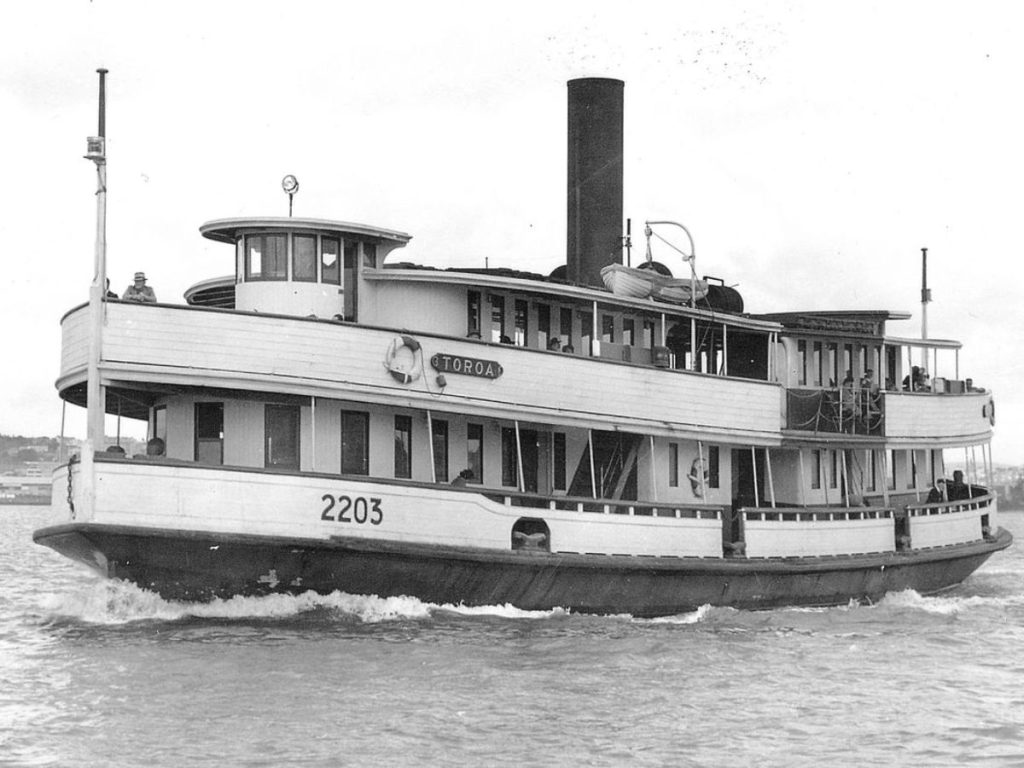 What makes Toroa even more remarkable is how little she changed over her working life. While many ferries underwent substantial modifications, Toroa retained her core machinery and layout—an authenticity that is now central to her restoration. With her original engine fully rebuilt and her specifications faithfully preserved, she stands not just as a vessel of historical interest, but as a living machine—ready to steam once more into the heart of Auckland’s maritime story. |
One hundred years on—and ready to rise again
In 2025, SS Toroa celebrates her centenary. Her hull has been stripped, and over 1km of bespoke steel framing—milled in England, bent on site, and fixed with more than 10,000 rivets—has replaced the corroded ribs. Soon, new kauri planks will be laid onto that skeleton, shaped and milled at the ferry’s custom onsite timber mill. Timber for the main deck and superstructure has also been sourced, with large beams already in place.
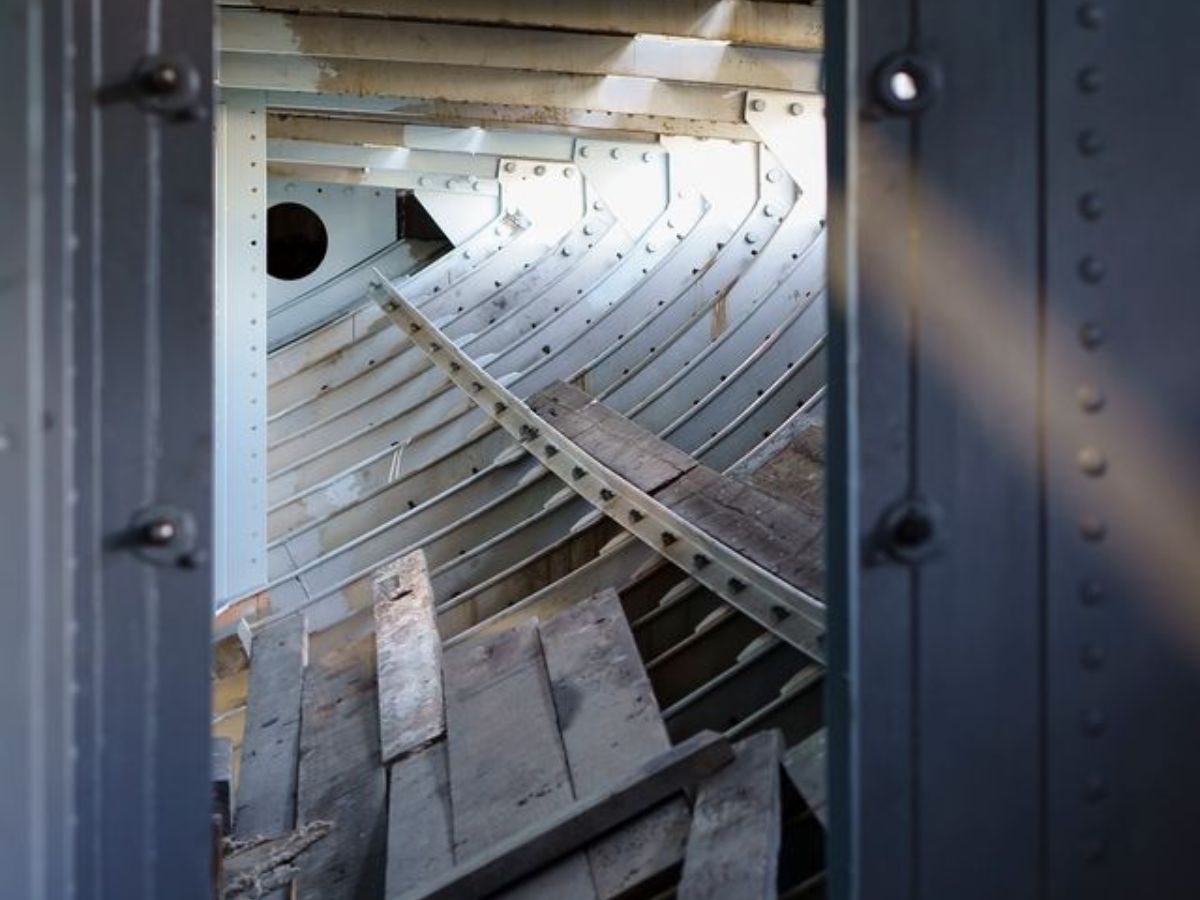
The original triple-expansion steam engine—made in Clydebank, Scotland—has been removed, painstakingly restored, and is ready for reinstallation. The auxiliary machinery and both wheelhouses have also been overhauled.
Notably, the restored Toroa won’t burn coal. She’ll run on forestry waste, a sustainable fuel source that reduces emissions while maintaining her original propulsion style.
When launched, she will be able to carry up to 400 passengers. She’ll connect Devonport, Chelsea, Rangitoto and Motutapu with new generations of Aucklanders—and host charters, music events, and educational voyages in a uniquely New Zealand maritime setting.
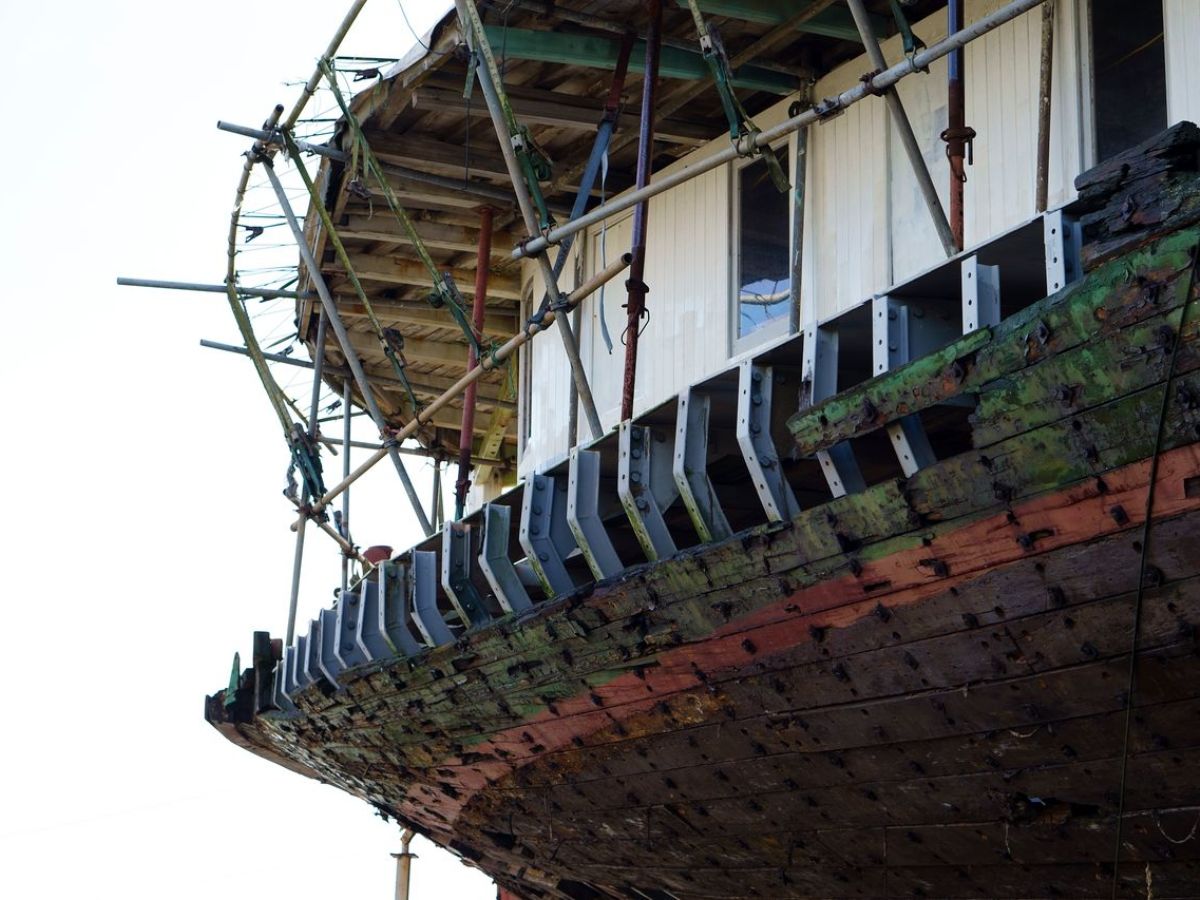
A call to action: “Help us finish the job”
Sir Bob Harvey, patron of the restoration effort and former Waitakere mayor, says the Toroa is:
“An important part of New Zealand Aotearoa’s maritime and social history; it must be preserved and oeprate again on its home, the Waitematā Harbour.”
Peter McCurdy, President of the Toroa Preservation Society, agrees.
“We just keep on working to realise the vision to have Toroa back on the water. It’s vital to reconnect people with our harbour, to learn and value our marine environment-and to have some fun doing it.”
That future is in sight—but not guaranteed.
The Toroa team is now calling for donors, sponsors, and volunteers, including those with marketing, communications, and trades skills, to help push the project over the finish line. With momentum building and the centenary shining a spotlight on her legacy, this is the moment to get on board.
“You’re going to get there,” said Leigh Doeg, who has restored historic vessels in Australia. “This is going to be a huge success.”
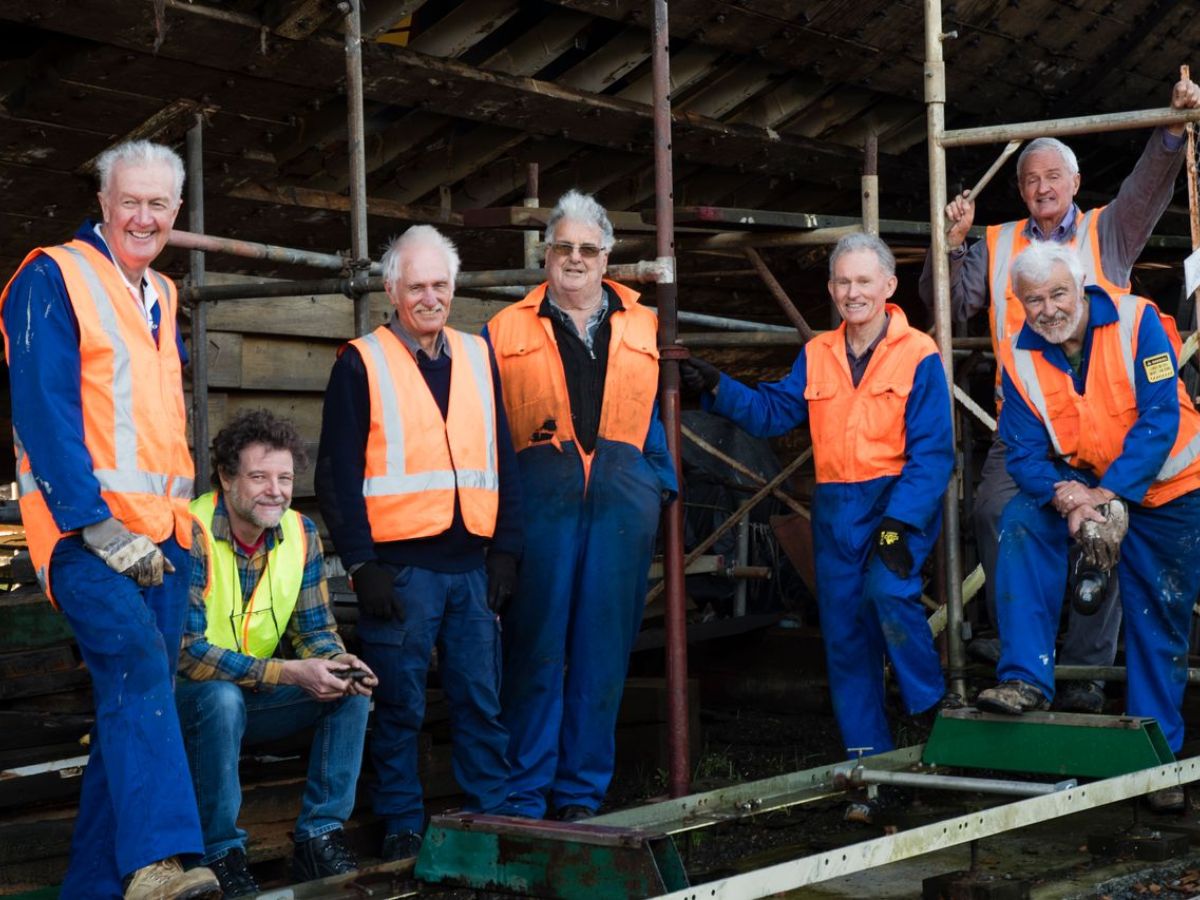
How you can help
The Toroa Preservation Society is a non-profit organisation. Donations are tax-deductible and directly support the purchase of materials, skilled labour, and equipment. Volunteers of all backgrounds are welcome. The next phase includes hull planking, deck construction, interior restoration, and compliance for survey approval.
To learn more, visit the Society’s website, donate, or enquire about sponsorship opportunities.
| THIS IS A CALL TO ACTION TO SUPPORT THE RESTORATION OF AUCKLAND’S LAST STEAM FERRY BACK FROM THE BRINK SS TOROA CELEBRATES HER CENTENARY | The historic ferry TOROA turns 100 this year, and her dedicated restoration crew are putting out an urgent call to action for the support of donors, sponsors and volunteers to get behind the completion of the restoration and the return of the historic ferry to operation on the Waitematā as a gift to the nation.
Raised from the bottom of the harbour, towed to Henderson Creek and onto the hard at Selwood Road, S.S. Toroa is the last of her kind and the only survivor of the steam ferry fleet which plied Auckland’s harbour before the harbour bridge. Marking her centennial year, the volunteer team of the Toroa Preservation Society are ready to instal her new planking on her new frames, frames made from a kilometre of bespoke steel milled in Northern England, hot- bent to shape at the restoration yard and installed with steel bulkheads and over 10,000 rivets. Her original ribs were so badly corroded that until this massive task was completed the new planks had nothing to be attached to. In tandem, very large timbers have been sourced, an onsite timber mill erected, and planking is being milled in preparation for Tora’s new hull and decking. Also completed is the restoration of the triple expansion engine (which was craned out through the steamship’s deck), auxiliary machinery and the two wheel-houses. Colossal progress, mostly invisible from the outside. The steamship is being restored to Maritime NZ standards and will be able to operate on forestry waste, not coal, and carry up to 400 passengers — passengers who can enjoy the peaceful heartbeat and open decks of this historic steam-powered vessel while exploring and taking pleasure in our harbour, gaining an appreciation of our precious marine environment and the story of Aotearoa’s incredible maritime heritage, and Tāmaki Makaurau’s long tradition of boat building from waka tētē to sailing ships, coasters, steam ferries and yachts. Operating as a heritage excursion steamer, the Toroa will connect with historic Devonport and North Head, lunch and a tour of the Chelsea Sugar Works, and the ecological and historic revival of volcanic Rangitoto and Motutapu. And the other way, up the harbour to Hobsonville and to Herald Island, once owned by the Devonport Steam Ferry Company and destination by steam ferry for every works, church and society annual picnic. The Toroa will carry locals, visitors national and international, heritage tourists, cruise ship passengers, and every school pupil in Auckland. With four cabins on two vast decks, she will provide corporate and private charters and a superb venue for music. A unique and pleasurable contribution to Auckland’s tourism offerings. Sir Bob Harvey, former mayor of Waitakere City, and Toroa patron, says, “Toroa is an important part of New Zealand Aotearoa’s maritime and social history; it must be preserved and operate again on its home, the Waitematā Harbour. Toroa has been at the centre of water transport on the harbour for 100 years. It’s had a little rest while it’s being repaired and restored, and now we can hardly wait to see it afloat again.” TPS President Peter McCurdy says, “We just keep on working to realise the vision to have Toroa back on the water, to bring her back to life as an Auckland excursion steamship, like the Earnslaw on Lake Wakatipu. It’s vital to get people reconnected with our waterways and harbour, to learn about and value our marine environment and our maritime heritage, and to have some fun doing it.” Leigh Doeg, the driving force behind the restoration of an Australian ferry and a steam tug, visited the Toroa recently and was astonished at the achievement of the restoration so far and said, “You’re going to get there, and this is going to be huge success.” Toroa has survived against the odds and is now ready for a well-supported push to complete the restoration and get her ready to be launched back on the Harbour. The Society needs generous donors, sponsors and advocates to make that happen, as well as additional members and volunteers (including those with marketing and social media skills). The Toroa Preservation Society can be contacted via the website www.steamferrytoroa.com |








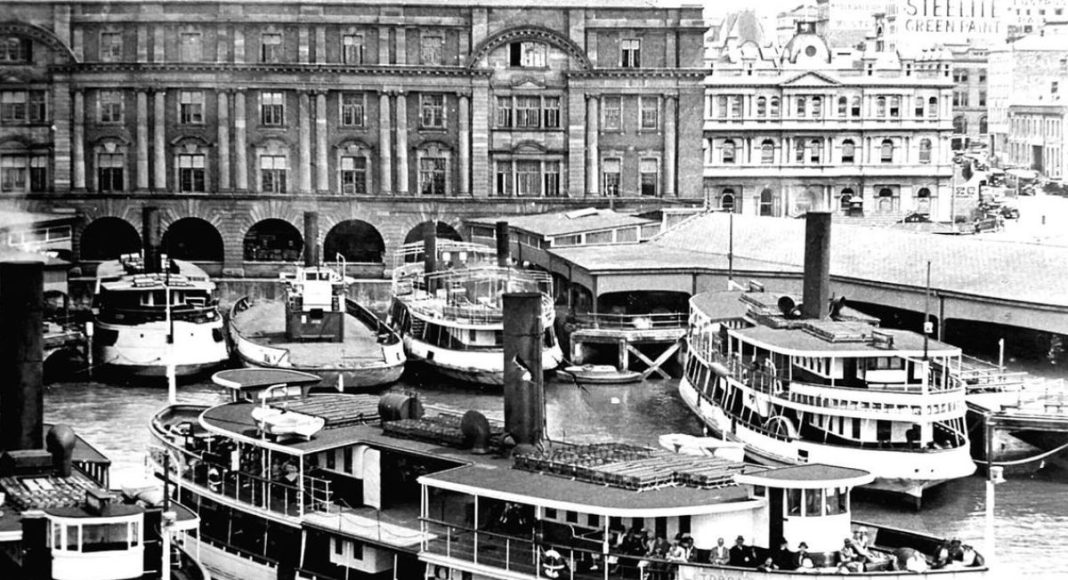



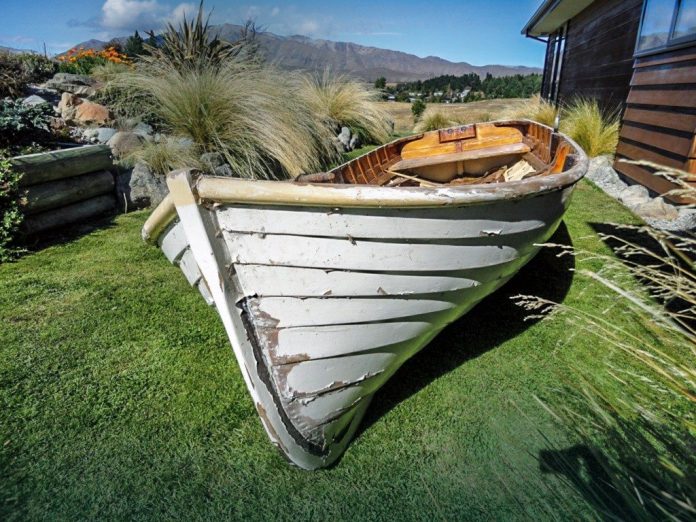
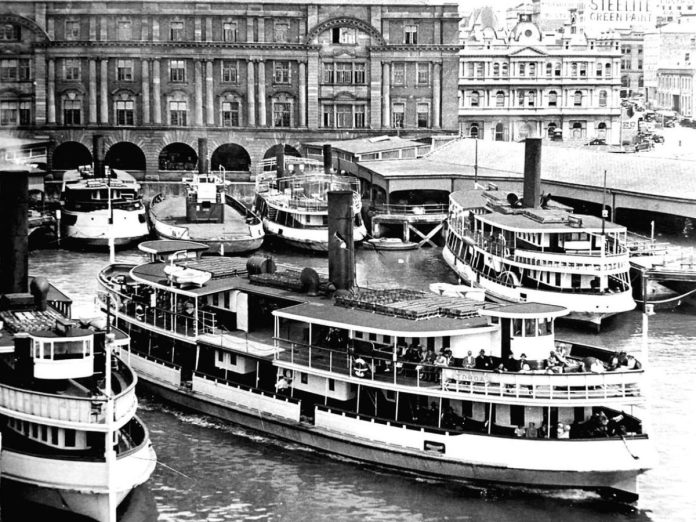
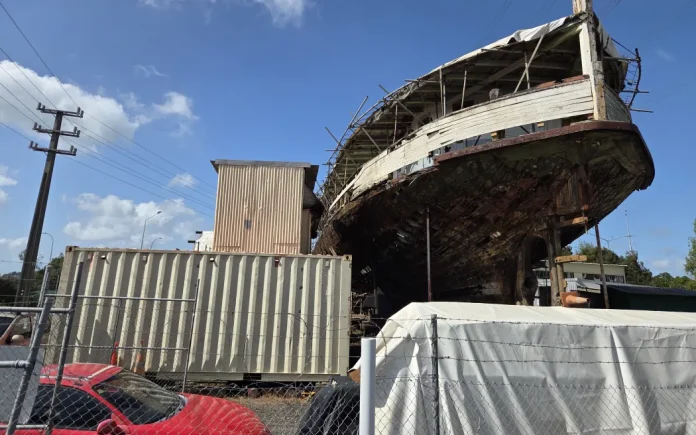

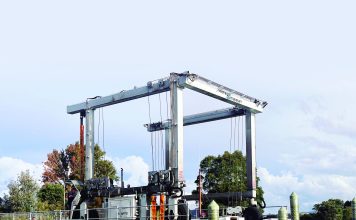


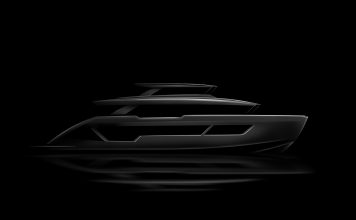
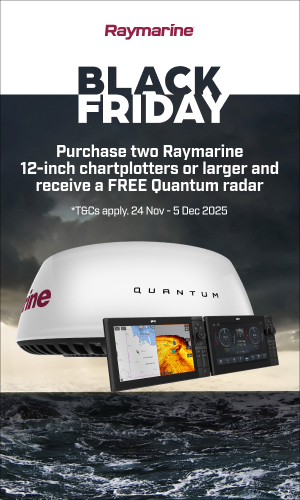
As a young child, growing up in Ponsonby and with family in Devonport, I travelled on the Toroa many times. From where I lived in Ponsonby I saw these ferries plying from the city to Birkenhead, passing under the harbour bridge, which was then under construction but on completion would be the demise of these beautiful vessels.
With her powerful steam engine, I easily recollect the feeling I had as I ran around her decks. The Toroa quietly slipping through the water with surprising speed and agility but always as quiet and graceful as a sailing ship.
In an age when we seem to throw things away so readily it is fantastic to know this ship is being fully restored. She is a wonderful piece of Auckland’s maritime history that needs all the love and support we can give her. Great story Boating NZ.